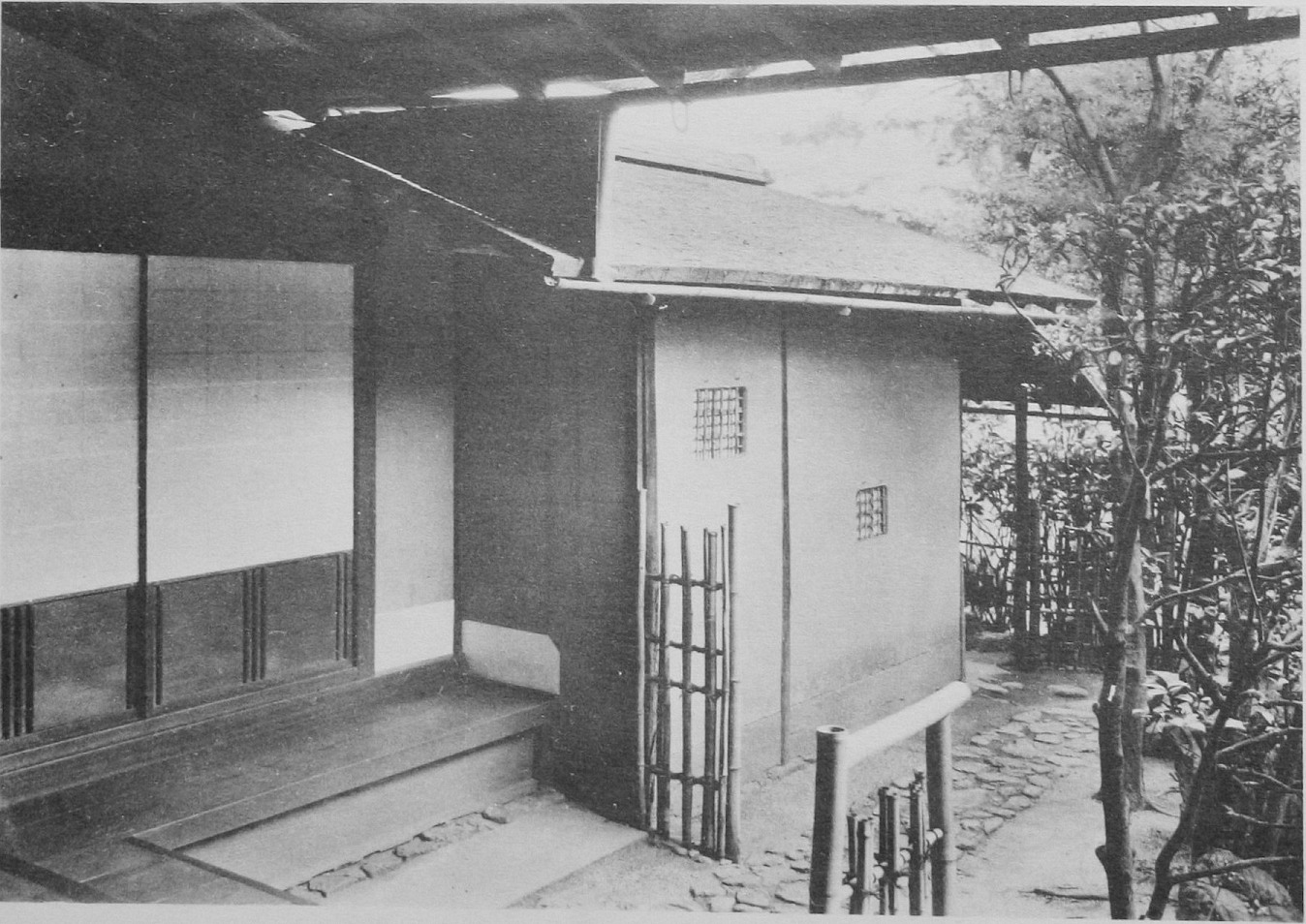|
Sen No Rikyū
, also known simply as Rikyū, was a Japanese tea master considered the most important influence on the ''chanoyu'', the Japanese "Way of Tea", particularly the tradition of '' wabi-cha''. He was also the first to emphasize several key aspects of the ceremony, including rustic simplicity, directness of approach and honesty of self. Originating from the Sengoku and Azuchi–Momoyama periods, these aspects of the tea ceremony persist. There are three ''iemoto'' (''sōke''), or 'head houses' of the Japanese Way of Tea, that are directly descended from Rikyū: the Omotesenke, Urasenke, and Mushakōjisenke, all three of which are dedicated to passing forward the teachings of their mutual family founder, Rikyū. They are collectively called . Early life Rikyū was born in Sakai in present-day Osaka Prefecture. His father was a warehouse owner named , who later in life also used the family name Sen, and his mother was . His childhood name was ."The Urasenke Legacy: Family Linea ... [...More Info...] [...Related Items...] OR: [Wikipedia] [Google] [Baidu] [Amazon] |
Hasegawa Tōhaku
was a Japanese Painting, painter and founder of the Hasegawa school. He is considered one of the great painters of the Azuchi–Momoyama period (1573-1603), and he is best known for his folding screens, such as ''Shōrin-zu byōbu, Pine Trees'' and ''Pine Tree and Flowering Plants'' (both registered List of National Treasures of Japan (paintings), National Treasures), or the paintings in walls and sliding doors at Chishaku-in, attributed to him and his son (also National Treasures). Biography Hasegawa Tōhaku, born in 1539 in Nanao, Ishikawa, Nanao,"Suiboku-ga." Encyclopædia Britannica Online. December 10, 2009 a town in Noto Province (in the vicinity of present-day Ishikawa Prefecture) to a noted local family of cloth dyers, although evidence shows that Tōhaku's original family name was Okumura and that he ... [...More Info...] [...Related Items...] OR: [Wikipedia] [Google] [Baidu] [Amazon] |
Mushakōjisenke
, sometimes referred to as ''Mushanokōjisenke'', is one of the three schools of Japanese tea ceremony. Along with Urasenke and Omotesenke, the Mushakōjisenke is one of the three lines of the Sen family descending from Sen no Rikyū, which together are known as the san-Senke or "three Sen houses/families" (三千家). The head or ''iemoto'' of this line carries the hereditary name Sōshu (宗守). History Mushakōjisenke is associated with Sen no Rikyū's great-grandson , who was the second to the oldest of Sen no Sōtan's four sons. Like his older brother, he was Sōtan's son by Sōtan's first wife, and through much of his life he lived apart from the Sen house. During this time, he became a lacquer artisan. At the behest of his younger brothers, however, he set up his own tea house, called the Kankyū-an, on Mushakōji street, and became devoted to practicing and teaching the Way of Tea."Senke to Kankyū-an no rekishi" iMushakōjisenke official website Accessed August 8, 20 ... [...More Info...] [...Related Items...] OR: [Wikipedia] [Google] [Baidu] [Amazon] |
